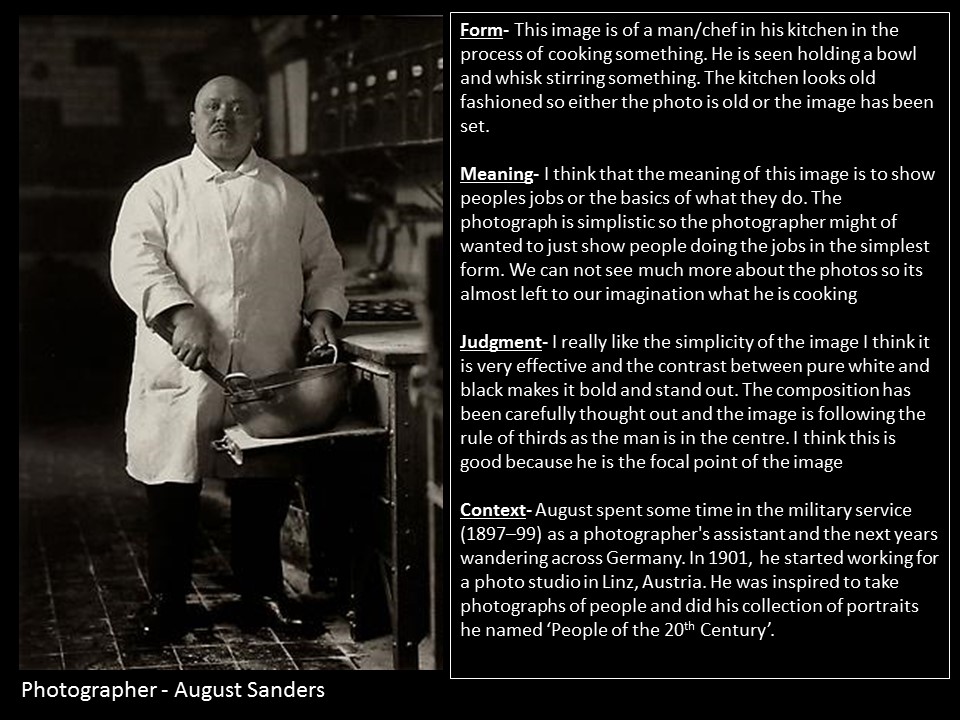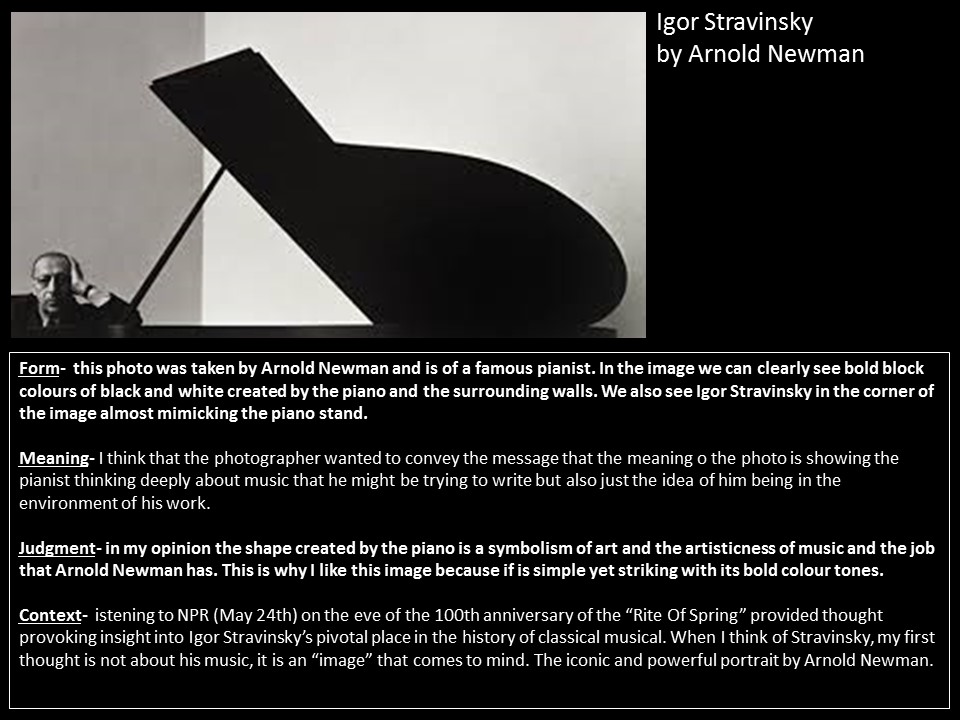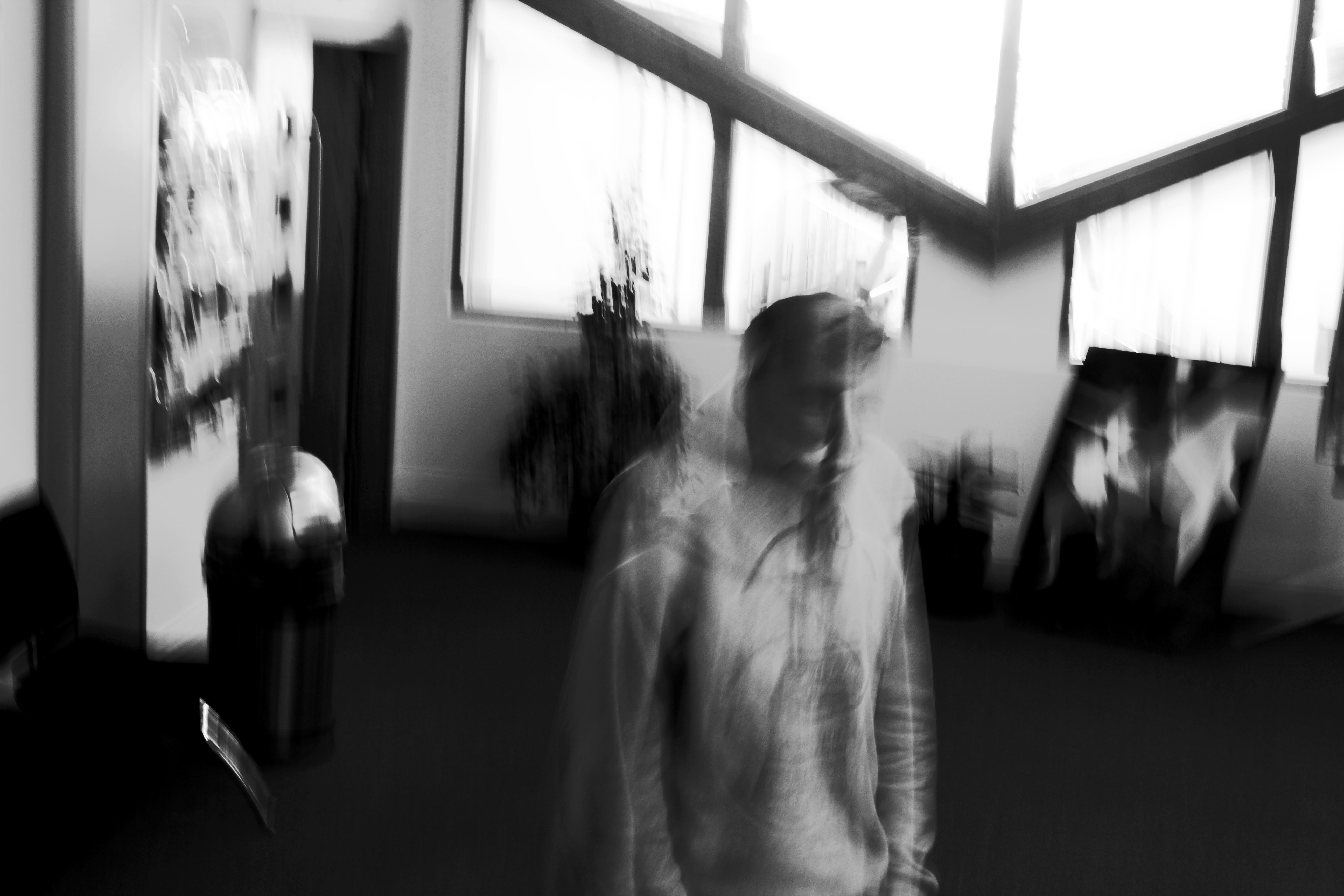



These photographs from Francesca Woodman are inspirational to me. The photos are taken at a face on angle with a high exposure. This is because the slow shutter speed takes in a lot of the light and therefore compliments the sense of blurriness. I particularly like these 2 photographs because they include a spookiness that has been well captured. The sense of depth has been limited to blank walls behind the person which successfully compliment the expressionless face.


Here I have taken a picture of an old man sitting on a wall with a Helter Skelter behind him. When editing I cropped the photo so only the important objects would be in the photo. I then increased the contrast and brightness on the image. When I looked at the image I really wanted the clouds to look more dramatic and heavy.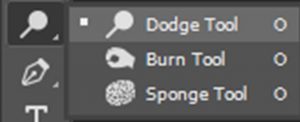 So I used the burn tool to bring out the darkest parts of the clouds. However, the Helter Skelter looked very dark as well as the mans face. So to add a little more light to certain parts of the picture I used the dodge tool. I also used this tool on some of the edges of the clouds to give them some light. I did no other editing as I did not want to change the picture too much.
So I used the burn tool to bring out the darkest parts of the clouds. However, the Helter Skelter looked very dark as well as the mans face. So to add a little more light to certain parts of the picture I used the dodge tool. I also used this tool on some of the edges of the clouds to give them some light. I did no other editing as I did not want to change the picture too much.
Street photography is photography conducted for art or enquiry that features unmediated chance encounters and random incidents within public places. Street photography does not necessitate the presence of a street or even the urban environment. The concept of the “flaneur” or people watcher is often referred to…as is the candid portrait.
“The decisive moment”—–Henri Cartier-Bresson
Born: August 22, 1908, Chanteloup-en-Brie, France
Died: August 3, 2004,)


Task / blog post 1 [ Introduction to Street Photography]
Task / blog post 2 [How we use shutter speed and angles in street photography]
Task / blog post 3 [Selection of successful images from Week 5]
EXTENSION TASK…LOOK AT EXAMPLES OF juxtaposition IN STREET PHOTOGRAPHY AND CREATE A POST DESCRIBING AND EXPLAINING HOW WE CAN EXPLOIT THIS TECHNIQUE

Homework Assignment STREET PHOTOGRAPHY
INSPIRATIONAL STREET PHOTOGRAPHERS
Trent Parke, Bruce Gilden, Diane Arbus, Robert Frank, Raghubir Singh, William Klein, Elliott Erwitt, Garry Winogrand, William Egglestone, Lee Friedlander, Martin Parr, Joel Meyerowitz, Paul Strand, Bill Brandt…but there are many more to discover and explore
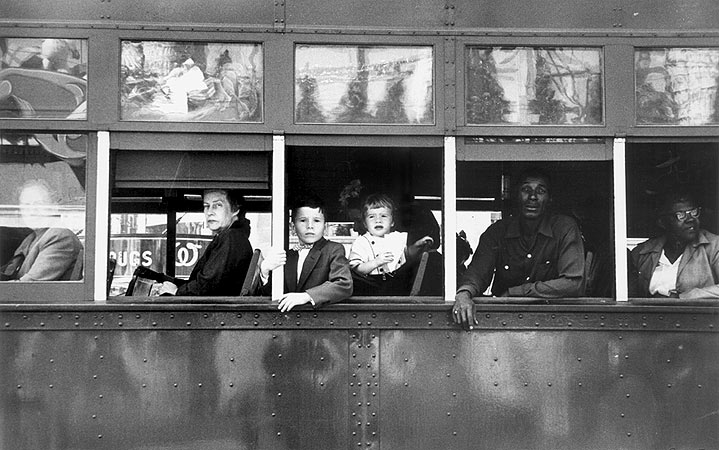

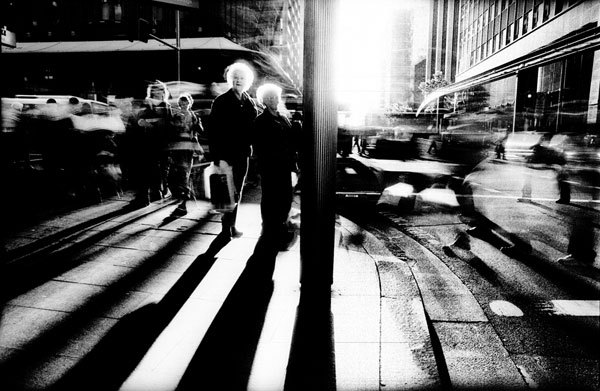
Tony Ray-Jones listed the following shooting advice to himself in his personal journal:
- Be more aggressive
- Get more involved (talk to people)
- Stay with the subject matter (be patient)
- Take simpler pictures
- See if everything in background relates to subject matter
- Vary compositions and angles more
- Be more aware of composition
- Don’t take boring pictures
- Get in closer (use 50mm lens or smaller)
- Watch camera shake (shoot 250 sec or above)
- Don’t shoot too much
- Not all eye level
- No middle distance
Tony Ray-Jones
Some more tips to help with your Street Photography…
http://petapixel.com/2015/12/22/10-tips-for-successful-street-photography/
When I compare my picture (left) to August Sanders picture (right) I don’t see many similarities. The similarities I do see are that they are both elderly men who have lived many years and have seen a lot. They are both dressed fairly smartly wearing clothes that are fairly dark and holding an object that means a lot them. They are both in the center of the image as well as sitting at an angle.
However, when I contrast my picture with August Sander’s I see many differences. First of all the man in my picture isn’t looking at the camera instead the man in my picture is looking his phone. Also in August Sanders picture the background isn’t that significant and is completely out of focus. Where as when you look at my picture you see the green from the plants, the bright reds and whites from the Helter Skelter as well as the deep dark shadows from thick grey clouds with a hint on blue from the sky. Another contrast is that there isn’t much light shining on the mans face in my picture where as August Sanders picture there is plenty of light on the mans face. The differences in these photos are fairly big.
However, I think this represents the change in times. The fact that these men are about the same age in these photos you can really see how times have changed from 1910 to modern day . The man in my photo can’t even look at the camera as he is so distracted by his phone. This is probably because he found the situation awkward. In world today we can often use our devices and technology as an escape from reality. When you look at August Sanders picture he is looking straight at the camera, you can see the emotion in his eyes. His photo has so much formality to it the fact that the man is staring straight at the camera, wearing smart clothes and it’s in black and white clearly shows this. This in itself shows the difference between times.
Even though its not ideal that the man in my picture doesn’t have any light on his face I think it could represent how we can be so controlled by technology that it can almost feel like a cloud is over us and maybe once and while if we just looked up from our phones and devices we would feel better about ourselves and more connected with the world. We use technology so much to escape the world we live in, that sometimes we miss the beauty and experiences that are in it. That’s what photography is about noticing the world we live from our own eyes and capturing it. Whether it be the good, the bad, the beautiful, the ugly, the strange, the normal.
White Balance is the balance between turning unrealistic colors which are affected by the color temperature into realistic ones. The warmth and coldness of the light affecting the white may appear inaccurate to what the photographer wants through green and orange. By balancing the white, the white stays as a white that works in correspondence with the colors of the photograph.
The Kalvin temperature scale:
| Color Temperature | Light Source |
| 1000-2000 K | Candlelight |
| 2500-3500 K | Tungsten Bulb (household variety) |
| 3000-4000 K | Sunrise/Sunset (clear sky) |
| 4000-5000 K | Fluorescent Lamps |
| 5000-5500 K | Electronic Flash |
| 5000-6500 K | Daylight with Clear Sky (sun overhead) |
| 6500-8000 K | Moderately Overcast Sky |
| 9000-10000 K | Shade or Heavily Overcast Sky |
HIGH ANGLE– A high–angle shot is a cinematic technique where the camera looks down on the subject from a high angle and the point of focus often gets “swallowed up.” High–angle shots can make the subject seem vulnerable or chicken when applied with the correct mood, setting, and effects.
LOW ANGLE-A low-angle shot, is a shot from a camera angle positioned low on the vertical axis, anywhere below the eye line, looking up. Sometimes, it is even directly below the subject’s feet. Psychologically, the effect of the low-angle shot is that it makes the subject look strong and powerful.
CANTED ANGLE-A canted-angle shot is a type of camera shot where the camera is set at an angle on its roll axis so that the shot is composed with vertical lines at an angle to the side of the frame
